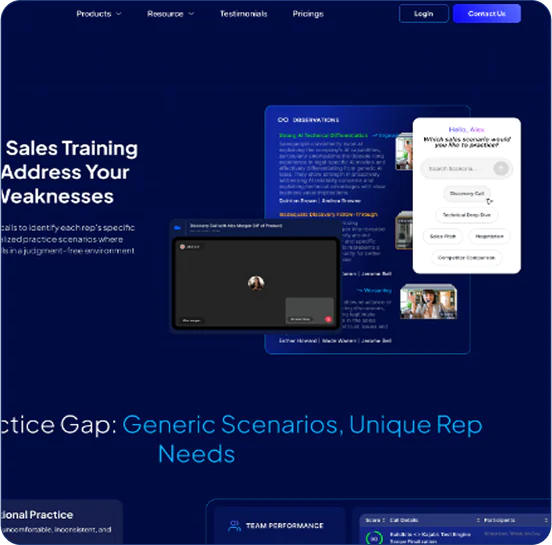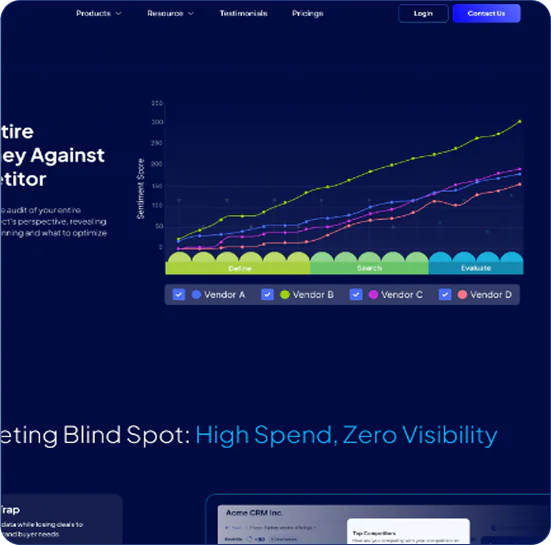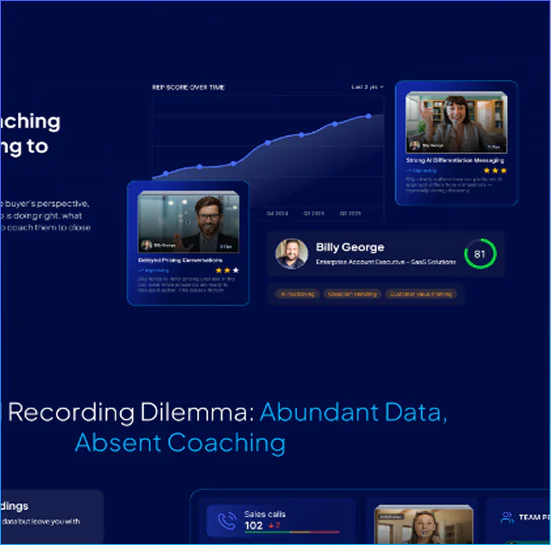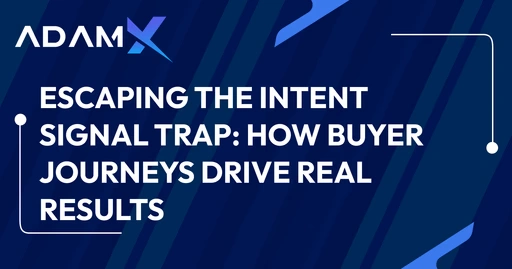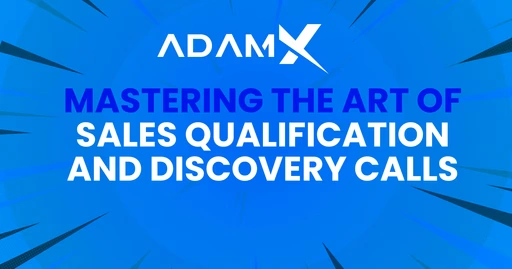In today’s data-driven marketing landscape, teams are working harder than ever but often struggle to achieve the desired results. Why is that?
Despite their best efforts, marketing teams tend to focus too much on specific metrics like bounce rate, vanity metrics such as social media likes, click-through rate (CTR) on ads, and email open rates. However, these measurements, while useful in some contexts, do not paint the full picture. Why? Because buyers do not experience these touchpoints in isolation.
This blog post explores the flaws of focusing on individual metrics and advocates for a holistic approach to measuring and optimizing the buyer’s journey.
The Flawed Focus on Individual Metrics
Marketing metrics such as bounce rate, social media likes, CTR on ads, and email open rates are widely used to gauge performance. However, each of these metrics has limitations when viewed in isolation:
• Bounce Rate: A high bounce rate can indicate that visitors are not finding what they’re looking for, but it can also be misleading. A visitor might find exactly what they need on the first page they visit, spend a lot of time there, and leave satisfied. Chasing a lower bounce rate might lead teams to make unnecessary changes that could clutter the user experience.
• Vanity Metrics (Social Media Likes): Metrics like the number of likes on social media posts can be misleading because they don’t necessarily translate to meaningful engagement or conversions. A post might receive a lot of likes but no clicks or shares, indicating that it’s not driving deeper interaction or interest.
• Click-Through Rate (CTR) on Ads: While a high CTR might seem like a good sign, it doesn’t always correlate with quality leads or conversions. Focusing too much on CTR can lead to clickbait-like strategies that attract clicks but not serious buyers, wasting ad spend on uninterested audiences.
• Email Open Rates: High open rates don’t necessarily mean the content inside the email is effective or that it leads to further engagement. Marketing teams might overemphasize catchy subject lines rather than the value of the email content itself.
When marketing teams focus on these isolated metrics, they can miss the forest for the trees. Each metric might show positive trends individually, but they do not necessarily contribute to a positive buyer journey. This fragmented approach often leads to misaligned strategies that do not resonate with the buyer’s holistic experience.
The Problem with Local Maxima
Human nature drives teams to optimize for the metrics they are accountable for, leading to a narrow focus. For instance:
• The SEO team may concentrate solely on improving rankings, ignoring how content fits into the buyer’s journey.
• The content team might focus on increasing blog views without considering how these views translate into leads or conversions.
This approach results in local maxima—individual teams achieving their specific goals—while the overall marketing effectiveness remains suboptimal. When teams are narrowly focused on their metrics, they lose sight of the bigger picture. This can lead to disjointed strategies and a fragmented buyer experience.
The Buyer’s Holistic Journey
Buyers navigate through numerous touchpoints, including both vendor-controlled and third-party sources. For instance, a potential buyer researching a software solution might start by reading a blog post on your website, then check out reviews on independent review sites, engage with your social media posts, and attend a webinar. Each of these interactions contributes to their overall impression and evaluation of your brand. If any single touchpoint falls short, it can negatively impact their entire journey, disrupting their perception and potentially leading them to choose a competitor.
The Need for a New Scorecard
Given the complexity of the buyer’s journey, it’s clear that traditional metrics are insufficient. Marketing teams need a new, comprehensive scorecard to measure the effectiveness of the entire go-to-market engine. This scorecard should encompass:
• The overall buyer experience.
• The effectiveness of the journey across all touchpoints.
• The integration and impact of both vendor-controlled and third-party assets.
By adopting this holistic measurement approach, marketing teams can focus on optimizing the complete buyer journey rather than individual metrics. This scorecard should provide insights into how well different touchpoints work together to create a seamless and engaging buyer experience.
Optimizing for the Buyer Experience
Focusing on the buyer’s entire journey offers several benefits:
• More Targeted and Effective Marketing Strategies: By understanding the complete buyer journey, marketing teams can create more targeted campaigns that address the buyer’s needs at each stage.
• Improved Buyer Impressions and Evaluations of the Vendor: A cohesive and engaging buyer journey enhances the overall perception of your brand, ensuring your company becomes number one on the buyer’s shortlist.
• Increased Chances of Winning: Being number one on the buyer’s shortlist significantly increases the chance of a win, with statistics showing an increase of up to 84%.
• Reduced Stress for Marketing Teams: Efforts are aligned with overall goals rather than isolated metrics, leading to a more integrated and less stressful approach.
This approach ensures that marketing teams are not only more effective but also achieve greater, more meaningful results. By focusing on the entire journey, teams can identify and address pain points that might be overlooked when concentrating on individual metrics.
Conclusion
To wrap up, marketing teams must shift their focus from individual metrics to the buyer’s holistic journey. By adopting a comprehensive scorecard and optimizing for the entire buyer experience, teams can significantly improve their effectiveness and increase their chances of becoming the top choice on a buyer’s shortlist. This shift not only reduces stress and enhances marketing strategies but also dramatically increases the likelihood of winning new business.
In conclusion, while individual metrics have their place, they should not be the sole focus. A holistic approach to measuring and optimizing the buyer’s journey allows marketing teams to achieve greater success and deliver a superior buyer experience. By looking at the bigger picture and aligning strategies with the entire buyer journey, marketing teams can ensure they are not just participating in the market but leading it.
